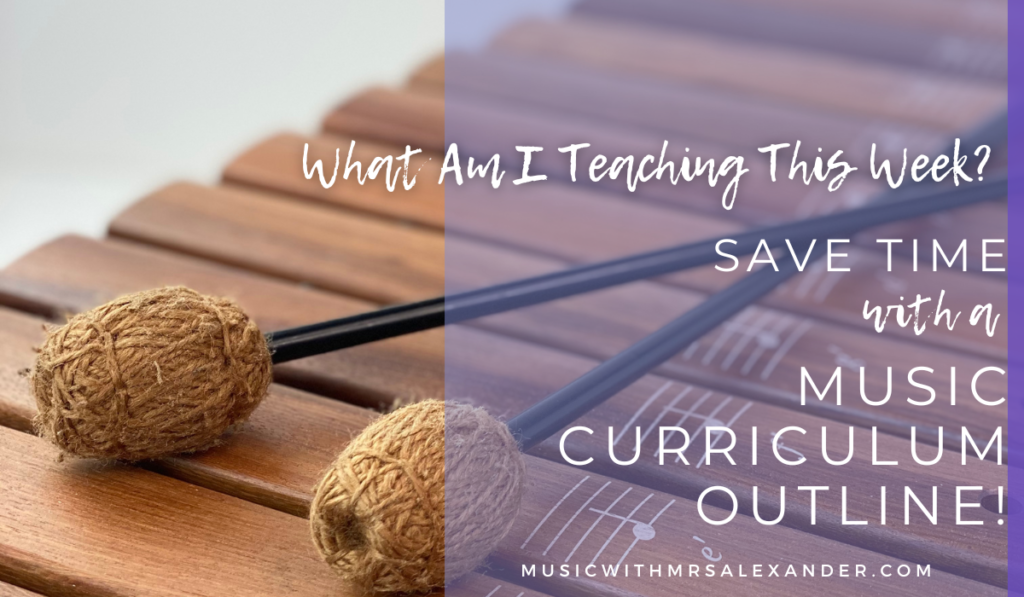
We’ve all been there: it’s Sunday night (or Monday morning 😳), and you’re scrambling to come up with lesson plans for your music classes. Plans for your older grades are complete, but you’re STRUGGLING to think of engaging lessons for your younger students. Having a curriculum outline for each grade level gives you a great starting point for lesson planning and helps you quickly find relevant song material and activities for your classes. Not sure how to start planning your elementary music curriculum? Here are some helpful tips!
Create your music curriculum with the end in mind.
Creating an elementary music scope and sequence begins with the end. What do you want your students to know by the end of the year? What skills should they have? How can you set them up for success in the next grade? Keep these questions in mind when mapping out your plans for the year. Are you starting with sol/mi in first grade? Your kindergarteners need to understand the difference between high and low sounds. Do you start recorders in fourth grade? Then your third graders should be pretty comfortable with the music staff and identifying pitches.
And remember, this is your curriculum. Teach what feels important to you. For example, I’ve never taught meter and time signatures to my students. Most of my career has been teaching K-2, and I only saw them for thirty minutes a week. It didn’t feel like a priority, so I left it out. Besides, they will have plenty of opportunities to learn about meter once they’re older. Making these decisions while creating your long-range plans keeps you focused on a goal. Your weekly lesson plans will be the steps you take to achieve that goal. A great starting point for mapping out your music curriculum is the Core Arts Standards, which outline expectations for student learning in grades PK-12.
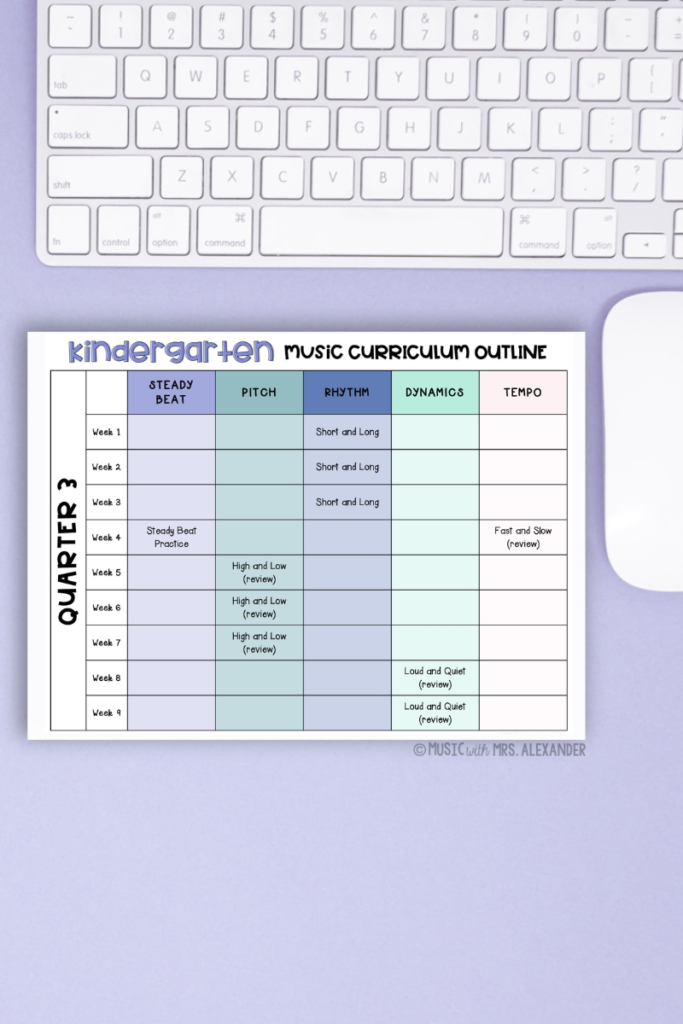
Time.
There’s never enough, right?! When creating your music curriculum, consider how often you see your students each week, each quarter, or each rotation. Be sure to factor in holidays, teacher workdays, and any other events that may affect your schedule. For many years, I saw my students once every week for 30 minutes. All it took was an unexpected assembly, a field trip, and a day that I wasn’t at school, and all of a sudden, we’ve missed three weeks of music in a row! Have a catch-up plan to make sure all of your students stay on relatively the same schedule. Also, leave some holes in your scope and sequence. You can use these as review days, centers/game days, or catch-up days. Leaving a space or two also gives you the flexibility to try something new!
Additionally, be wary of overplanning your weekly lessons. I know, I know. The old adage tells us to over-plan: if you don’t have a plan for them, they will have a plan for you! This saying is only partially true. Yes, your lesson plans should include extension ideas or a favorite song/activity to fill extra time. But don’t try to squeeze multiple concepts into one lesson unless you’re sure they either 1) fit nicely with each other or 2) they can be taught within the allotted time. It always seems like there will be plenty of class time to cover everything when planning. I’ve made this mistake hundreds of times. Leave a bit of a buffer if a lesson takes an unexpected turn or if your students need a little extra practice with a concept.
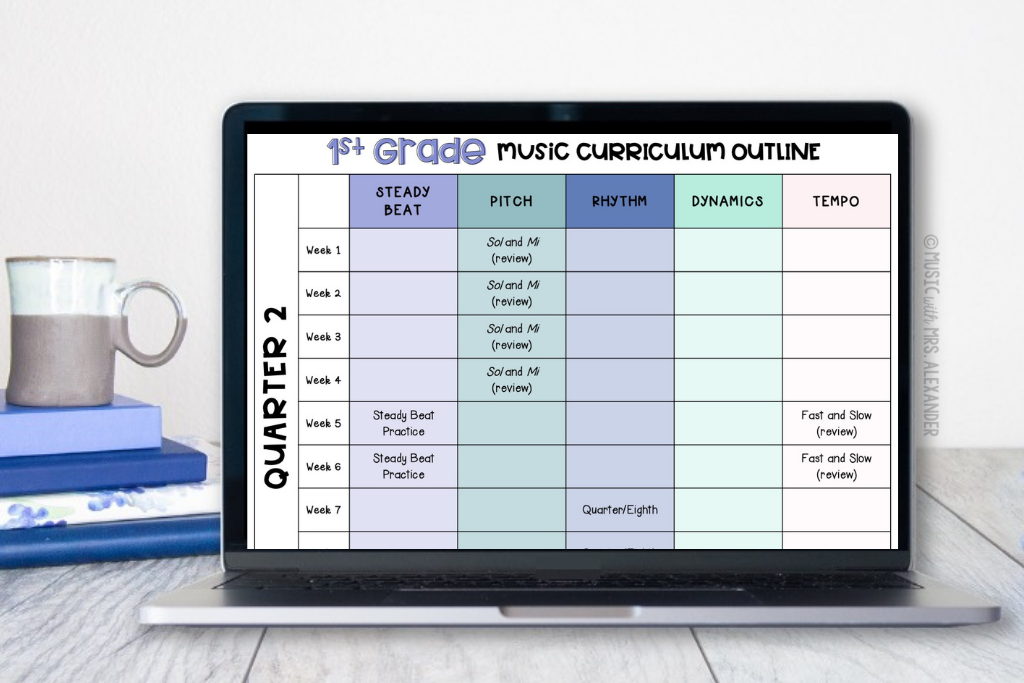
Teach what you love.
Another factor to consider when creating your music curriculum is planning things that you enjoy. Is there a concept you love to teach? Or an activity you love doing with your students? Work it in! Not every song needs to teach something. Everything doesn’t have to have a curricular connection. Sometimes you want to do things with your students because they’re fun! Besides, if you dig deep enough, there’s almost always a curricular connection you can make.
The flip side of this is to avoid planning songs or activities you don’t like. It doesn’t matter that Hot Cross Buns is the go-to BAG song for the recorder. If you don’t like it, don’t use it! After years of teaching elementary music, I’ve retired some of my most-used songs because I’m tired of hearing them. When I’m teaching 18 sections of one grade level in a week, I get sick of singing the same thing over and over! If you’re tired of using a particular song to teach a concept, try finding a substitute. Remember, your students can read your energy. If you seem like you don’t like something, they won’t give you their best effort.
Does the load feel a bit lighter now? Great! Are you still feeling unsure? Here are some tips that should get you over that hump:
Go with the flow.
Don’t stress yourself out by trying to create the perfect elementary music curriculum. Planning is messy. Everything doesn’t need to fit in neat little boxes. There will be places where concepts naturally flow together. For example, many of the songs I use to introduce sol and mi are also perfect for practicing quarter and eighth note rhythms. While teaching one concept, I can sneak in a review of another. Don’t feel like you can’t discuss rhythm at all if your primary lesson focus is pitch.
Also, avoid putting two concepts together just for the sake of filling in empty holes in your long-range plans. Leave spaces instead of forcing two topics together. I would never try to teach dynamics and pitch in the same lesson with kindergarten or first grade. There is already so much confusion with high=loud and low=quiet. I don’t want to add to that by trying to teach those two concepts simultaneously. As I mentioned previously, having empty spaces in your scope and sequence gives you opportunities to add some fun activities or catch up after missing a lesson.
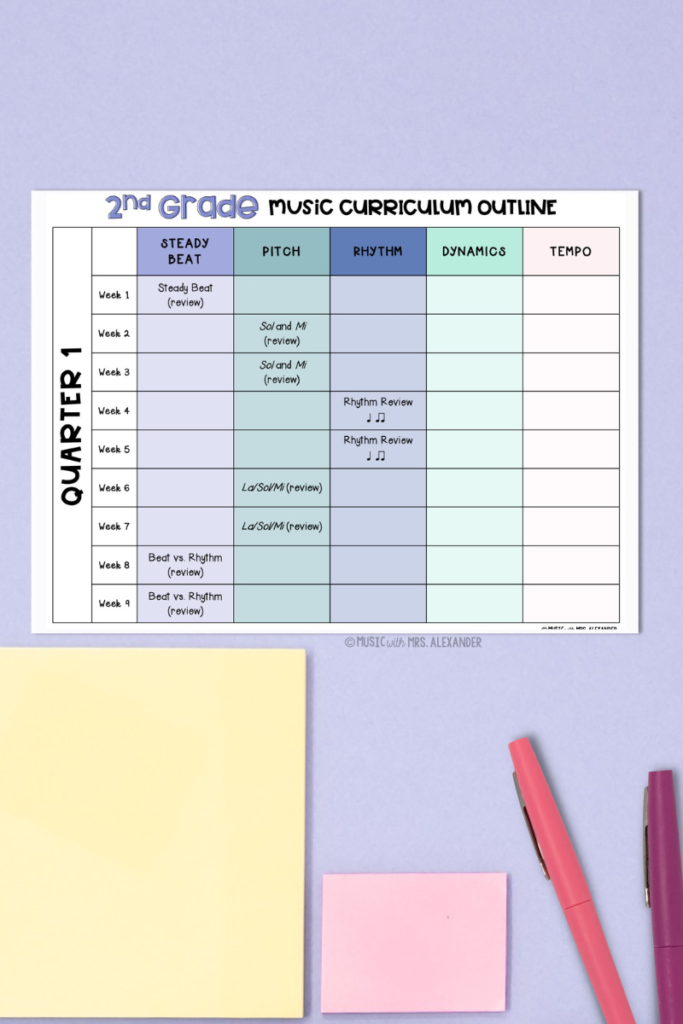
Use songs in your music curriculum that do double duty.
There may be times when your schedule doesn’t allow you to teach everything you want your students to learn. If you’re short on time, use one song to teach two different concepts. For instance, I use Grizzly Bear for reviewing piano and forte and introducing half notes. In the first lesson, we learn the song and play the game. The focus of this lesson is dynamics–the words of the song are all piano except for the last word, which is forte. In lesson two, we learn a melodic ostinato containing a half note rhythm. We use this ostinato to accompany Grizzly Bear on the Orff instruments. After preparing the students by singing and playing half note patterns, I introduce the half note in the final lesson. In three weeks, I’ve covered two concepts by using one song to teach both.
My favorite source for song material is the American Folk Song Collection hosted by Holy Names University. It has hundreds of songs you can search by melodic elements, rhythmic elements, meter, and many more categories. And best of all, it’s a free resource!
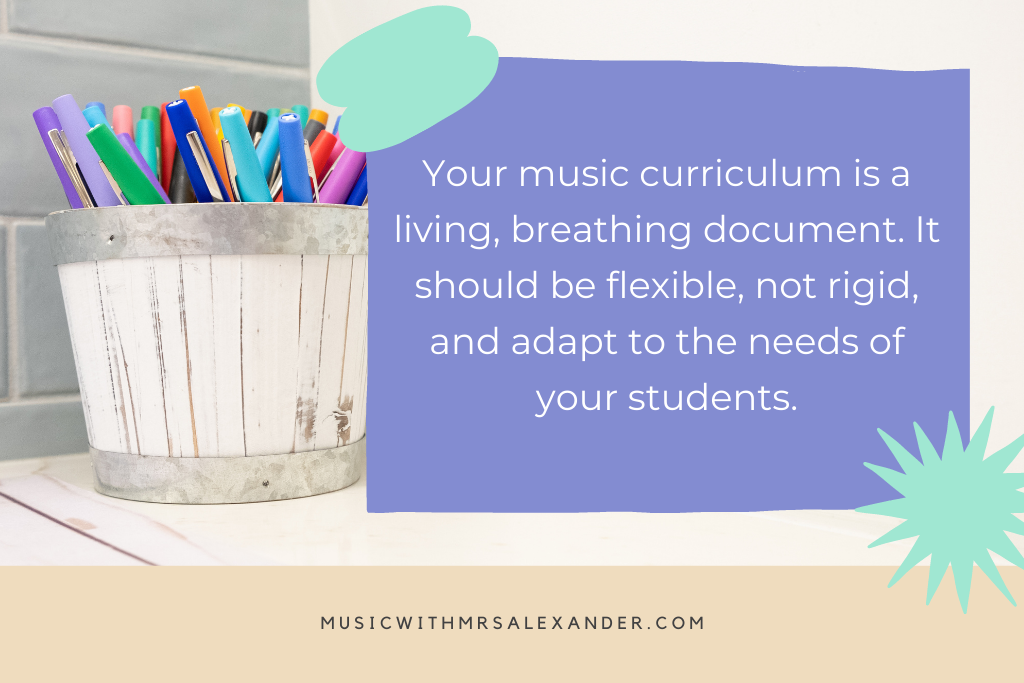
Don’t be afraid to deviate from the plan.
A curriculum is a living, breathing document. It should be flexible, not rigid, and adapt to the needs of your students. Remember that it is merely a framework. If something pops up during the year and you want to add it to your curriculum, do it! Perhaps your students are learning about a concept in ELA that has a natural connection to music. Bring it in! You may have to shuffle some things around to make it fit, but it will be worth it.
And there you have it! These tips should give you a solid foundation for writing a music scope and sequence that works for both you and your students. If you’re looking for an example of a yearly plan for K-2 elementary music, click here to get a FREE copy of my sample scope and sequence! I’ve teamed up with a couple of fabulous elementary music bloggers to share our curriculum ideas: click here to discover ways to use puppets in your elementary music classroom, head over to Rhonda’s blog for some great first day of school ideas, check out Erin’s post for ideas on teaching different voice types, and Joanna at World Upside Down is sharing FREE songs from SteveSongs at PBS Kids.
P.S.: Looking for tips on how to get started with your teacher blog? Check out this post from Kayse Morris!
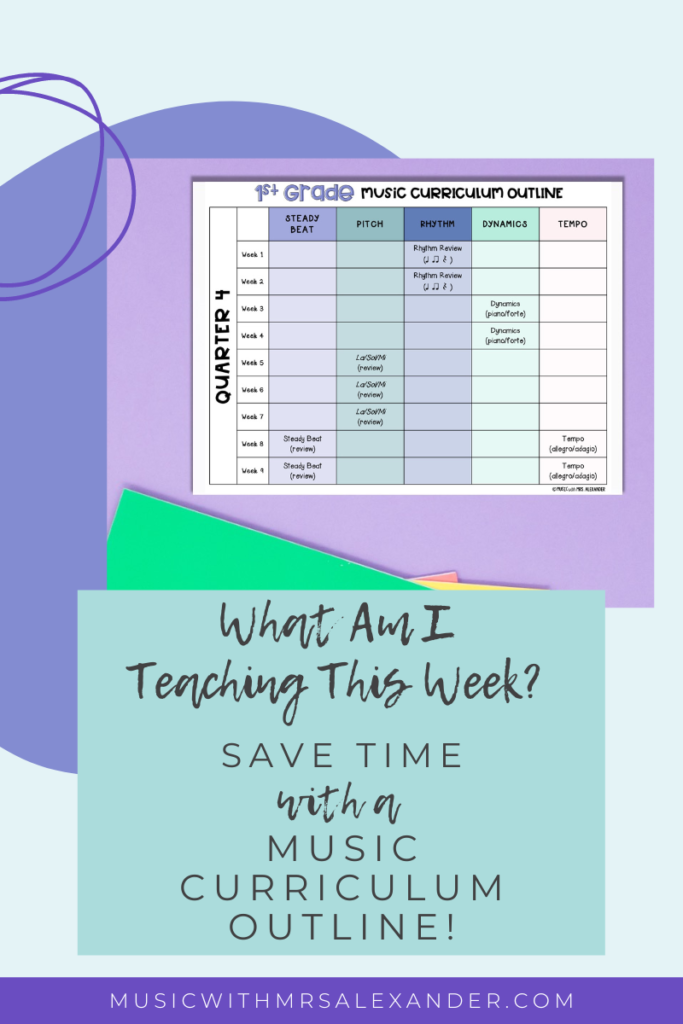
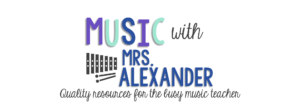





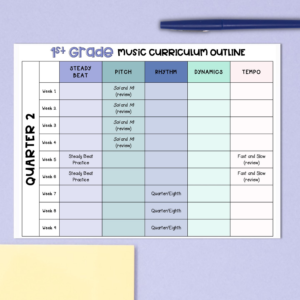
7 Responses